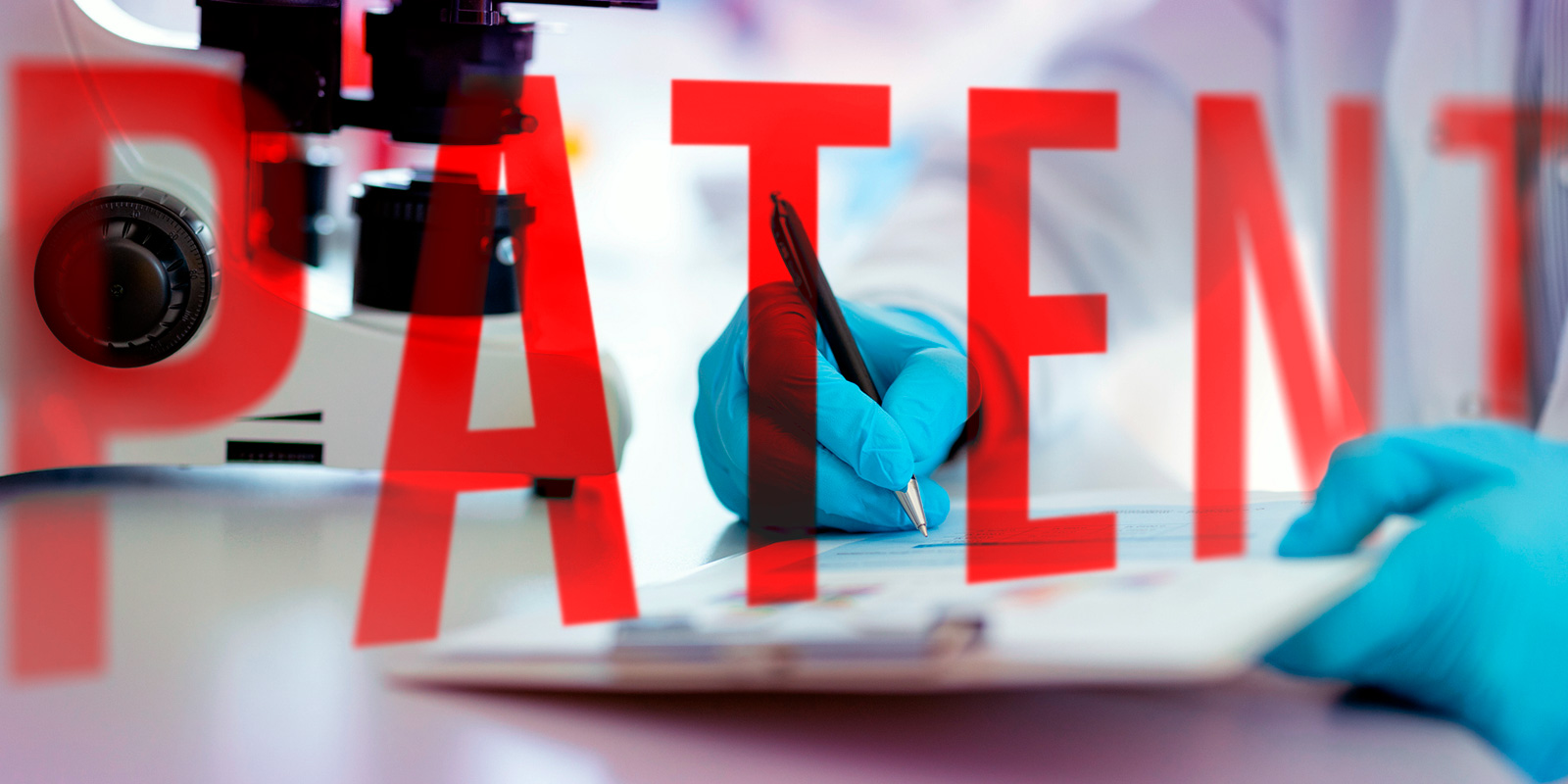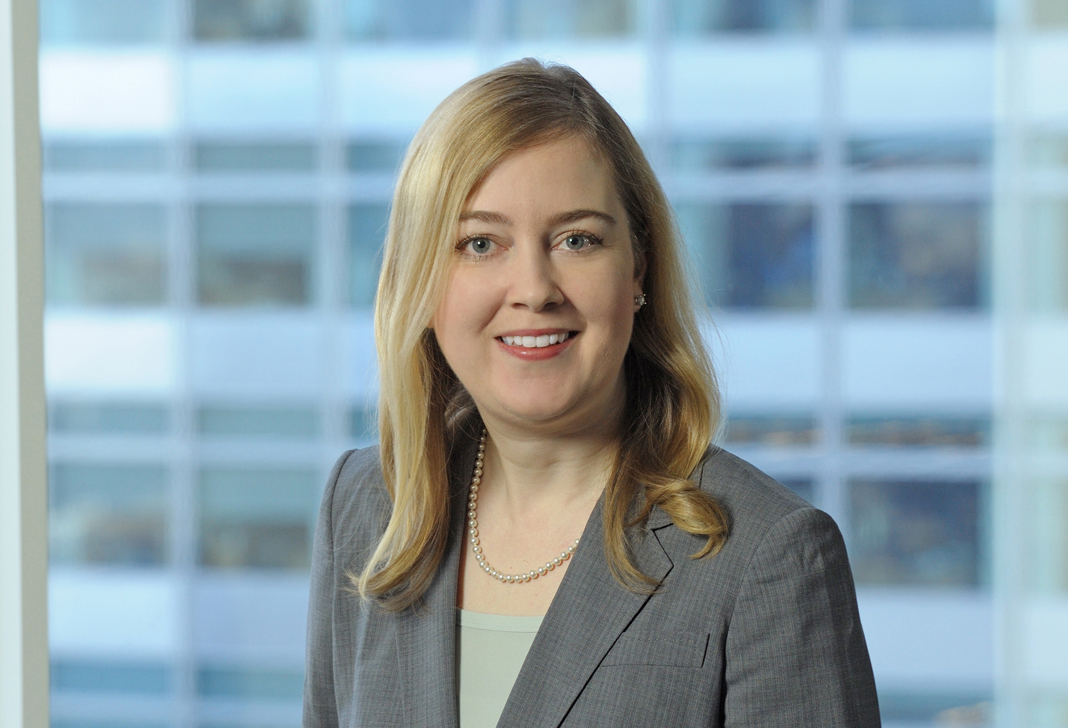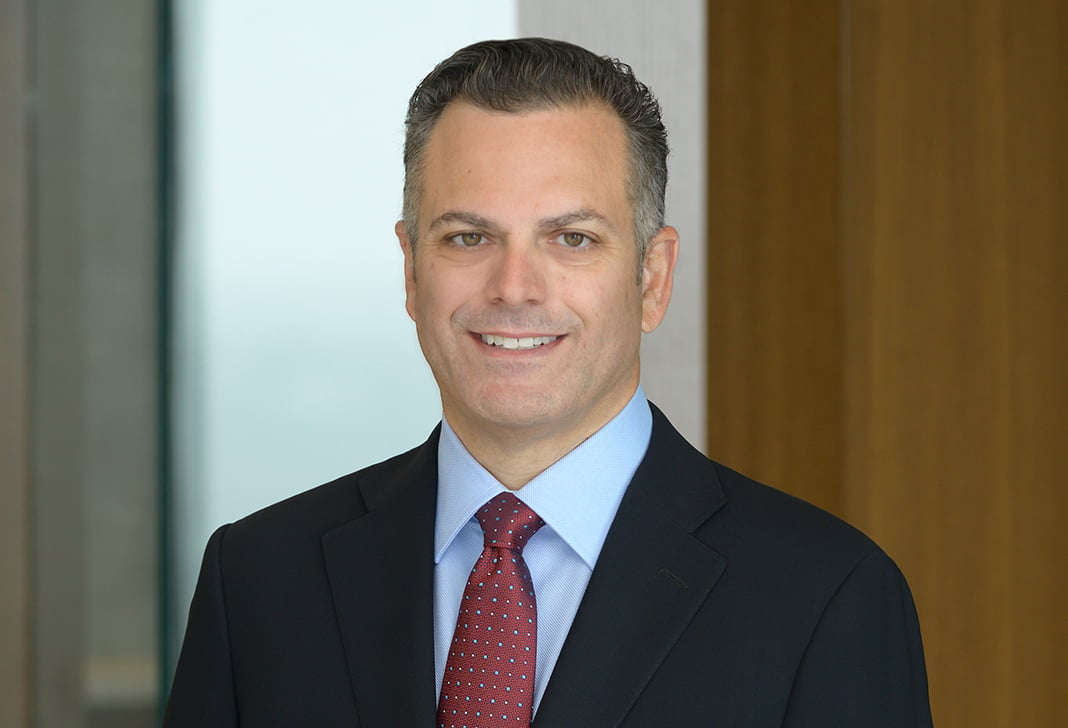
Federal Circuit Clarifies Limits on Patentability of Clinical Study Results-Based Applications
In Short
The Situation: Life sciences and biopharma companies often rely on clinical trial results and "clinically proven effective" language in patent claims, but this approach carries significant risks if key details are publicly disclosed before filing.
The Development: In its September 23, 2025, decision in Bayer Pharma Aktiengesellschaft v. Mylan Pharmaceuticals Inc., the U.S. Court of Appeals for the Federal Circuit held that "clinically proven effective" language does not make an otherwise anticipated or obvious dosing regimen patentable, emphasizing the limits of relying on post hoc clinical success.
Looking Ahead: Applicants may wish to plan filings to precede clinical disclosures and consider drafting claims with meaningful limitations to the composition or regimen, rather than relying on clinical success language.
The Federal Circuit's September 23, 2025 decision in Bayer Pharma Aktiengesellschaft v. Mylan Pharmaceuticals Inc. offers timely guidance for life sciences and biopharma companies on when and how to patent around clinical trials.
Bayer's patent claims included the phrase "clinically proven effective" to describe the combination of rivaroxaban and aspirin for reducing cardiovascular events, based on clinical trial results. The Federal Circuit held that even if "clinically proven effective" were a limiting claim element, it does not make an otherwise anticipated or obvious dosing method patentable. The court reasoned that this language is functionally unrelated to the claimed method as it does not change the actual treatment being claimed—the claims already recited the exact dosages to be administered to a patient. The court also rejected Bayer's arguments related to unexpected clinical results, which relied on the "clinically proven effective" language. The court found that there was no nexus between the unexpected results arguments and the merits of the claimed invention.
This decision highlights the risk of waiting for clinical trial results before filing patent applications. If trial protocols or summaries that disclose dosing regimens are published before efficacy data, later claims that simply add "clinically proven effective" are unlikely to be patentable. The court's approach signals that adding clinical success language after the fact may not save claims if the core regimen was already disclosed.
In the life sciences industry, study protocols, clinical trial summaries, or conference abstracts may be published or otherwise made public before the results of the trial are known. If these documents disclose the dosages, patient populations, or treatment regimens that are later shown to be effective, they may serve as prior art against a patent application filed after their publication.
In such cases, even if the subsequent clinical trial demonstrates that the regimen is highly effective or safe, adding language such as "clinically proven effective" to the claims may not overcome the prior public disclosure of the regimen itself. The Federal Circuit appears to be skeptical of attempts to rely on post hoc clinical data to confer patentability on methods that were already in the public domain.
To make clinical performance relevant to patentability, claims should be drafted so that efficacy or safety metrics actually limit the composition or regimen, rather than simply reciting that the regimen is "clinically proven effective."
Five Key Takeaways
- Avoid relying on post hoc clinical success language, such as "clinically proven effective," to distinguish patent claims.
- Draft claims with performance-based limitations that are directly linked to the novel features of the invention.
- File patent applications before any clinical trial protocols, dosing regimens, or related information are made public.
- Use early filings to secure protection for core regimens and product formats; reserve later filings for claims that are specifically limited by demonstrated clinical performance, where supported by the data.
- Have a global perspective when filing clinical study-based applications, and carefully balance the need for early filing with data sufficiency requirements, taking into account the varying rules and standards across different jurisdictions relevant to the applicant's business goals.







